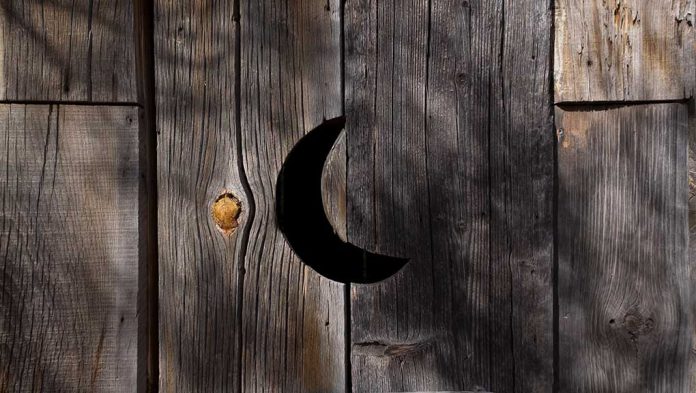
(DailyDig.com) – Parts of the US, from Texas to New Hampshire, will witness the total eclipse of the sun on April 8. These states have issued travel advisories, anticipating heavy traffic as people make their way to the narrow path of totality, where the moon completely covers the sun for an average of one to three minutes.
The excitement of people who want to experience a rare event may cause dangerous conditions on top of just heavy traffic. The American Automobile Association (AAA) spokesperson, Aixa Diaz, stated that there will be many people who will be traveling in order to experience the eclipse.
Near the center of totality, which could be in rural, suburban, or urban areas, roads will be congested. Many of these areas may not have the infrastructure to deal with large traffic flows.
During the 2017 solar eclipse, some congestion lasted nearly thirteen hours after totality, according to a publication by the National Research Council. After totality, all roads, from rural roads to interstates, will experience the worst congestion. Many chose to leave at that time, as they experienced what they came to see would be over.
The Federal Highway Administration announced that they expect about one to five million people to travel to areas of totality. The impact and potential strain on public safety resources will be significant.
Experts stress the importance of planning for extra time while driving to and from the destination to avoid any distractions while traveling. AAA also warns that drivers must not watch the eclipse while driving, especially since they should not be wearing eclipse sunglasses while driving; don’t park on the side of the road; and watch for pedestrians who may wander into traffic as they watch the eclipse. They also warn that driving during totality will require drivers to have their headlights on for safety.
Other experts suggest staying in a hotel, arriving the day before the eclipse, and staying until the next day when traffic is clear.
Copyright 2024, DailyDig.com













